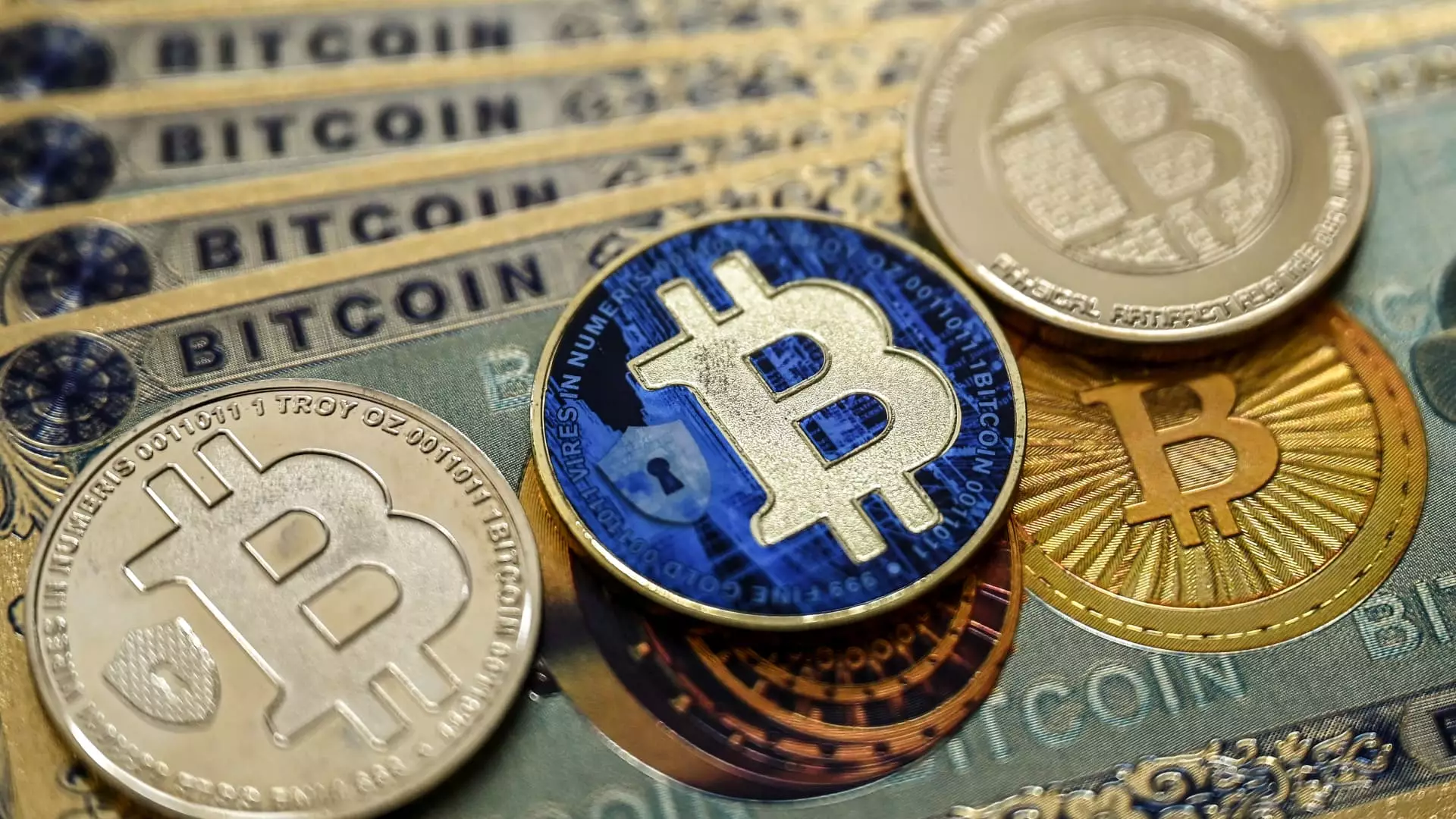Bitcoin has recently made headlines by climbing back above the significant threshold of $96,000, rebounding from a brief decline earlier in the week that saw it slip from its record highs. As reported by Coin Metrics, Bitcoin was last recorded at $96,676.70, reflecting an impressive increase of nearly 6%. Meanwhile, Ethereum (Ether), the second-largest cryptocurrency, saw an even more robust surge, rising over 9% to achieve a value of $3,636.46. The broader cryptocurrency market, gauged by the CoinDesk 20 index, experienced a healthy gain of 7%. These fluctuations illustrate the inherent volatility of digital assets while simultaneously underscoring the remarkable growth potential that many investors still see in cryptocurrencies.
While Bitcoin has frequently been regarded as a digital alternative to gold and a store of value, its correlation with the stock market remains a significant aspect of its behavior. Notably, on this occasion, Bitcoin exhibited a notable decoupling from the performance of the tech-heavy Nasdaq Composite, which decreased by 0.6%. Traditional indices such as the Dow Jones Industrial Average and the S&P 500 also reflected declines. This divergence suggests that Bitcoin may be gaining traction as an independent asset class, influenced by factors distinct from those that drive stock market movements.
Influence of Institutional and Retail Participation
Major cryptocurrency exchanges have seen their shares rise in tandem with Bitcoin’s resurgence. For example, Coinbase’s stock increased by over 6%, benefiting from Bitcoin’s momentum, while Robinhood, which has increasingly embraced crypto trading, saw a 3% uptick. MicroStrategy, a prominent corporate player in the Bitcoin investment space, enjoyed a notable 9% increase, serving as a proxy for Bitcoin’s market performance. This highlights the growing interest not only from retail investors but also institutional and corporate stakeholders.
Future Prospects and Market Sentiment
The ongoing bullish sentiment surrounding Bitcoin is evidenced by its price surge of approximately 38% since the November 5 presidential election, when prices were on the rise following the anticipated pro-crypto stance of the incoming administration. Bitcoin even reached an all-time high of $99,849.99 just before testing the critical $90,000 support level. Analysts, such as Alex Thorn from Galaxy Digital, express confidence in Bitcoin’s long-term trajectory despite expected market corrections and potential regulatory uncertainties from governmental transitions. The ongoing discourse surrounding institutional adoption and the bullish outlook on Bitcoin from experts fuels optimism among investors.
Market analysts are closely observing technical indicators in the Bitcoin sphere. For instance, Fairlead Strategies’ Katie Stockton suggests that Bitcoin is currently in “uncharted territory,” with no recognizable resistance levels at these heights. She emphasizes the need for patience among investors due to Bitcoin’s historical tendency to exhibit sharp fluctuations—a pattern involving significant price surges followed by consolidation. The current support level is identified around $74,000, emphasizing the necessity for investors to remain vigilant yet optimistic given Bitcoin’s ongoing upward trajectory.
As 2023 progresses, Bitcoin has impressively marked a 126% increase year-to-date, solidifying expectations that it could reach the coveted $100,000 mark before the year’s conclusion. Ether, while also showing robust performance since the election with a 59% gain, still trails Bitcoin in year-to-date percentage growth. The shifts in market dynamics, trends in investor psychology, and the overarching narrative surrounding Bitcoin’s rise paint a complex and evolving picture in the cryptocurrency landscape.
While the path ahead for Bitcoin and the broader crypto market will likely be fraught with challenges, the combination of institutional support, regulatory clarity, and continuing interest among retail investors suggests a promising horizon. The evolving narrative of Bitcoin as a transformative financial asset continues to unfold, captivating the attention of market participants globally.

